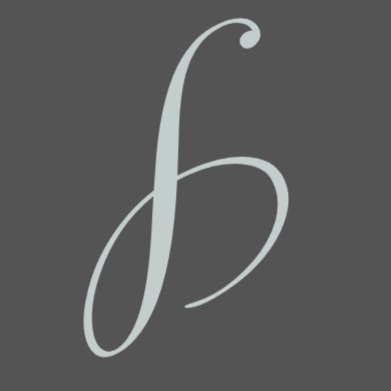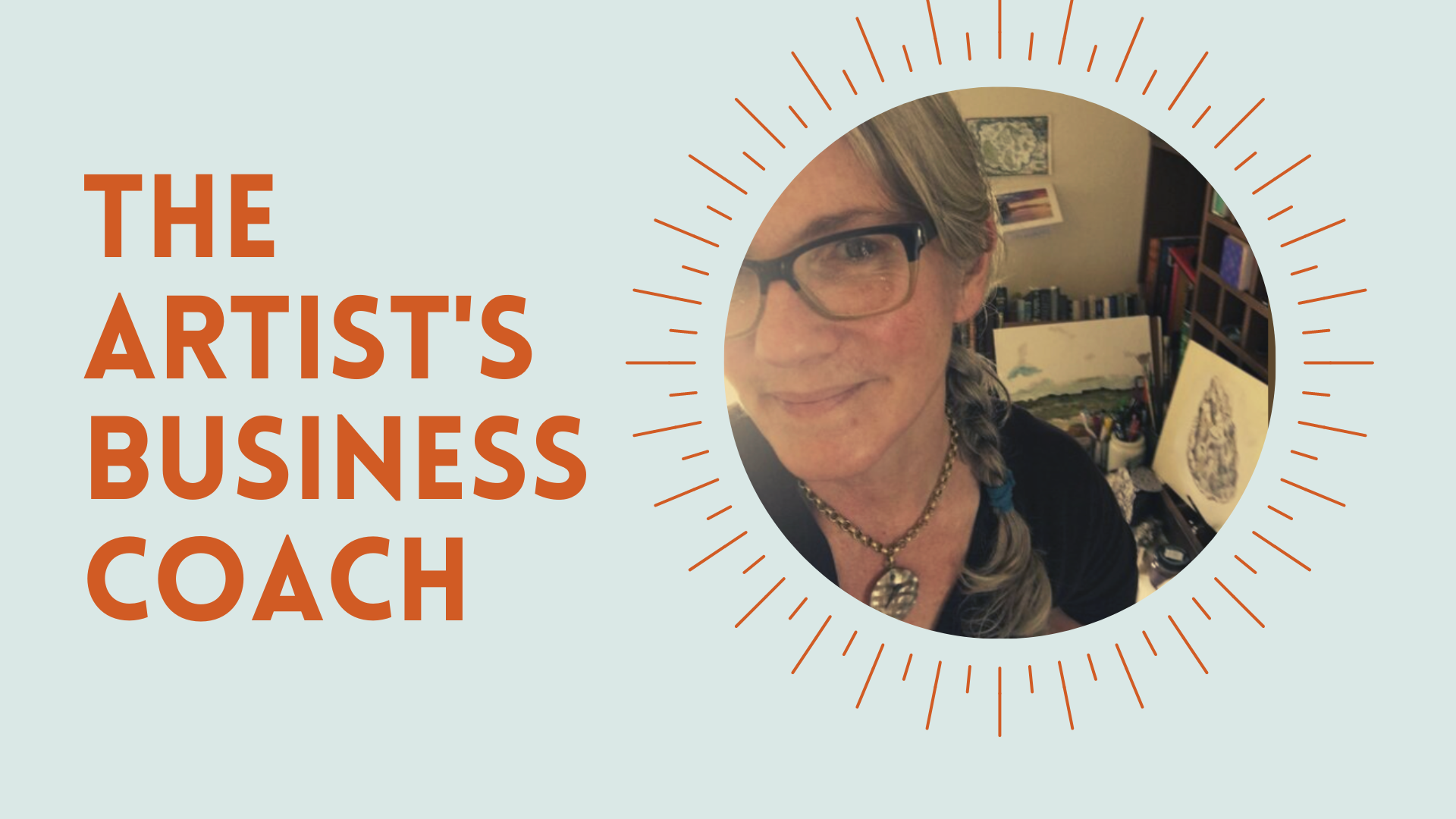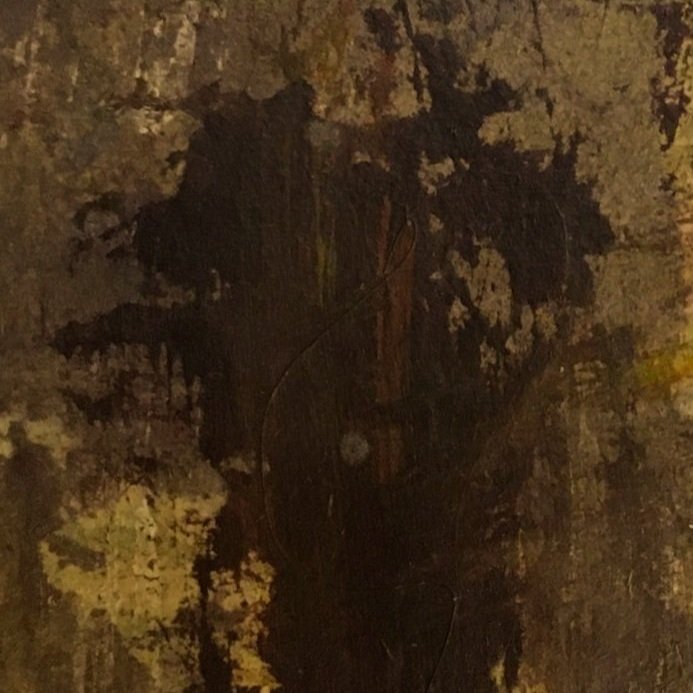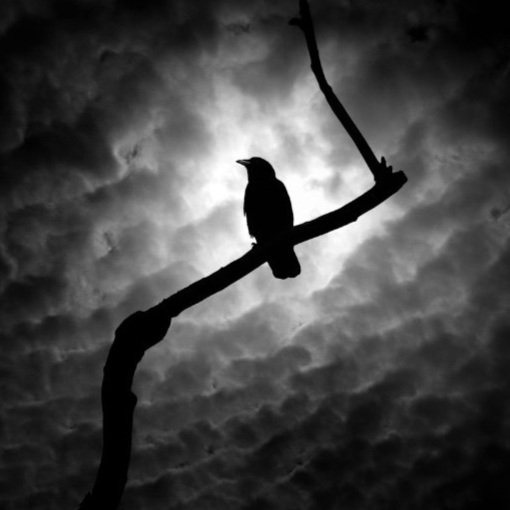Your Artistic Archetypes are Always Shifting
I created this short, quirky quiz
to explore the idea of Jungian Archetypes in visual art.
(if you haven’t taken it, here’s the link:)
Right? I KNOW!
Archetypes are everywhere - the story of the unwitting hero on her journey, embarking down a dangerous path full of helpers and challenges, only to be shoved into the belly of the whale and finally return with a precious gift she can use to heal not only herself, but her community.
Sound familiar?
Like….ALL artists do this on a daily basis?
Like, your JOB description?
But also, what about our INTERNAL journey - as we paint, write, dance, cook, sculpt or perform? The concept of archetypes as tools along our creative path can help us understand who and where we are in the actual doing - and get more in tune with our own (super individual) creative process.
For instance, when we start out learning to paint - We are The Fool / The Innocent - we should keep our mind open and even naive to new ideas, so we can take in information fully and not resist it. The Orphan is the second stage, where we have lost our innocence and illusions, and must build up a new Self. At this stage, we must watch that we are too overprotective of ourselves and fall into unsubstantiated fears.
And so on.
The 12 Artistic Archetypes
The Innocent or Idealist;
The Orphan or Realist;
The Hero or Warrior;
The Caretaker;
The Rebel or Destroyer;
The Seeker;
The Creator;
The Lover;
The Trickster;
The Sage;
The Magician;
The Ruler
The 12 archetypes represented in my quiz are based on a few different sources, including:
Carl Jung’s book Man and His Symbols, with his concept of primordial images, include the anima/animus, the self, the shadow, and the persona.
Joseph Campbell’s Hero with a Thousand Faces, from which we get the famous Hero’s Journey and all its stages and characters, based on Campbell’s research of myths from around the world, and of Jung’s archetype model.
Carol Pearson’s Pearson-Marr Archetype Indicator (PMAI), a test you can take online, which assigns your score for all 12 archetypes, and her books, mostly Awakening the Hero Within, where she encourages the use of her model in psychology, commerce and the arts for greater insight into motivations and identity.
Kaye Putnam (the Psychology-driven Brand Strategist), whose Brand Archetypes Quiz turned a lot of lights on for me for my own business, and especially coaching model.
ARCHETYPE: The word archetype, "original pattern from which copies are made," first entered into English usage in the 1540s(Wiki). From the Greek: ARKHE - origin, beginning, first; and TYPOS - model, image, figure, impression (as in a dent or pressing), blow or mark of a blow, as a hammer on a piece of metal.
Philosopher, psychologist (and artist) Carl Jung based his concept of psychological archetypes on Plato’s eidos, calling it "the formulated meaning of a primordial image by which it was represented symbolically."
Plato's eidos, or ideas, were pure mental forms that were imprinted in the soul before it was born into the world. As in the Greek meaning of impressing a design into metal or clay.
Jung states in part one of Man And His Symbols that:
My views about the 'archaic remnants', which I call 'archetypes' or 'primordial images,' have been constantly criticized by people who lack sufficient knowledge of the psychology of dreams and of mythology. The term 'archetype' is often misunderstood as meaning certain definite mythological images or motifs, but these are nothing more than conscious representations. Such variable representations cannot be inherited. The archetype is a tendency to form such representations of a motif—representations that can vary a great deal in detail without losing their basic pattern.
In her book, Awakening the Heroes Within, Carol S. Pearson says that the 12 archetypes represent different “selves” or stages on the path of the Hero’s Journey. So therefore, we are ALL of them - just at different times or stages in our lives. So we can use this as a tool to say - ok, where am I now?
In the Native American Animal Medicine Cards - which I LOVE - each animal has a different “medicine” or message for the person who encounters it on how to view the world, what to focus on, how to get past obstacles, how to relate with others, etc. The Whale is the Record-keeper, for instance, reminding us to listen within to the song of our ancestors and nature, in order to create our own, original song.
The Jungian concept of archetypes is the same: depending on where you are on our creative journey, you can draw from the magic or message of a different archetype. The Tarot draws from these same archetypes.
All of these concepts are what I call “Generating Systems” that help us find new, expansive ideas about our own creative process and new ways to create art that connects with ourselves and others.
How does this relate to the business side of art?
It’s not just the “how” of business that matters,
but the process of learning to believe in your dreams
that really makes the difference.
Why I became an artist
and a coach
As artists, we tend to work in isolation.
When I decided to start making art seriously, I was 50 years old.
I saved my pennies (literally), quit my job, and entered a one-year program at Gage Academy of Art in Seattle - that became two years when I continued on in the Trowbridge Atelier.
That whole time, my mind was tossing out a parade of conflicting thoughts. On the one hand, my brain kept screaming:
You’re so bad at this!
What are you thinking, giving up a good job for this pipe dream?
Will anyone ever like this stuff I make - let alone buy it?
And on the other hand, I was in complete bliss:
Learning about color and value, light and shadow.
Exploring form, shape and composition
Finally free to accept myself as an artist and just be open to new ideas.
It was truly amazing.
My mentors, teachers and friends were so helpful - encouraging me in my goals; I was part of a community of artists all working towards our dreams.
But I had some serious work to do on my thought patterns that I knew were holding me back.
Have you ever heard this quote? It makes SO much sense to me”
“My mind is like a BAD neighborhood.
Don’t go in there alone!”
I tried to fill my brain with positive messages podcasts, books, and media. It was the middle of Covid, too, so there was just a lot of fear, isolation, uncertainty and confusion.
What I DID know was that I loved making art. And I loved working with others, talking about art, self-imrpovement, teaching, ideas, etc.
I slowly realized that learning how to think differently was the BIGGEST THING that was going to help make my dreams happen.
But as I finished school and started to think about next steps, I felt lost.
Yet my friends were coming to ME for help - with marketing and writing, for help with websites and graphic design - because that is what I used to do for a living - before I committed to art.
I started coaching artists on the business and marketing side, and realized that mostly what artists need - is not the HOW - the nuts and bolts (yes, we need that) - but they MINDSET shift that helped them look at the thoughts that are holding us back.
That’s what I had needed:
I needed to learn how to BELIEVE in myself in a way that could weather the storms of the ups and downs of living the life of an artist.
And I had done so, up to a point.
I got some coaching from trusted mentors - who offered me the opportunity to sit with ONE PERSON who would listen and hear me, who would SEE me.
And I actively worked on rewiring my brain - to understand what my thoughts were doing to me, and to be able to look at it all from a distance.
As I started doing this more and more, I realized that I wanted to get more training - get credentials, so I could help more deeply, and create a business around helping artists with the business side - and also with the mindset piece.
So I spent six months getting certified as a life coach in The Life Coach School Certification Program.
Best money I ever spent.
Coaches helped me.
I learned how to coach to help artists.
What I do as a coach
I meet one-on-one with artists in person or on Zoom, and work through whatever issues that each client needs. I have created a program of courses that help artists in many different areas, but also just talk about whatever is the biggest need at the moment.
I help artists look at their mindset around so many areas:
The Practical Side:
Creating a Vision for what you are doing in your business and art
Money Mindset
Charging what you are worth - creating a Pricing System that works for you
Setting up Business Systems
Bookkeeping, taxes, finances
Marketing Strategy based on Values
Social media
Sales
The Magic:
Self-concept as an artist or creative entrepreneur
Relationships with ourselves, with our art, with our families and friends.
Shame and People Pleasing
Giving ourselves permission - owning our own power and dreams
Creative Process - listening to ourselves as artists, getting past blocks and out of our own way
and more.
If you’d like to talk, book a free Consultation Call - we’ll go there and find out if coaching is right for you.
Even if it isn’t my program isn’t a good fit for you - I can offer suggestions for your next steps.











